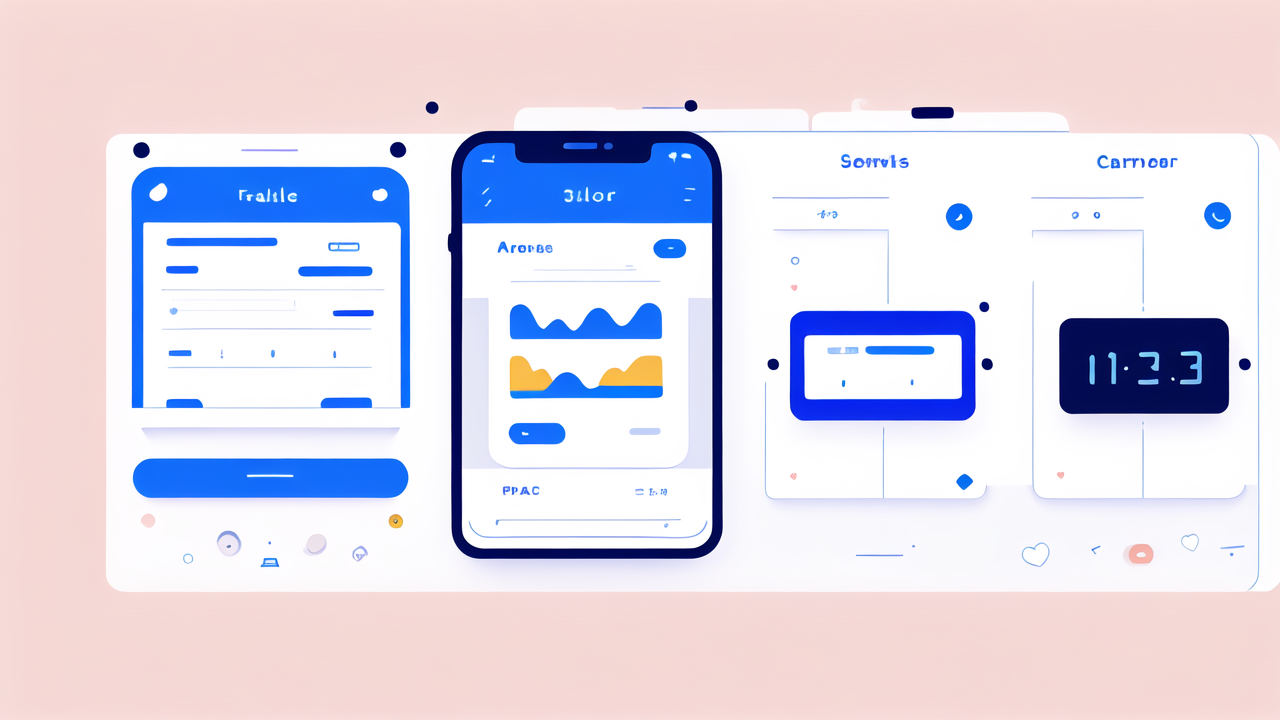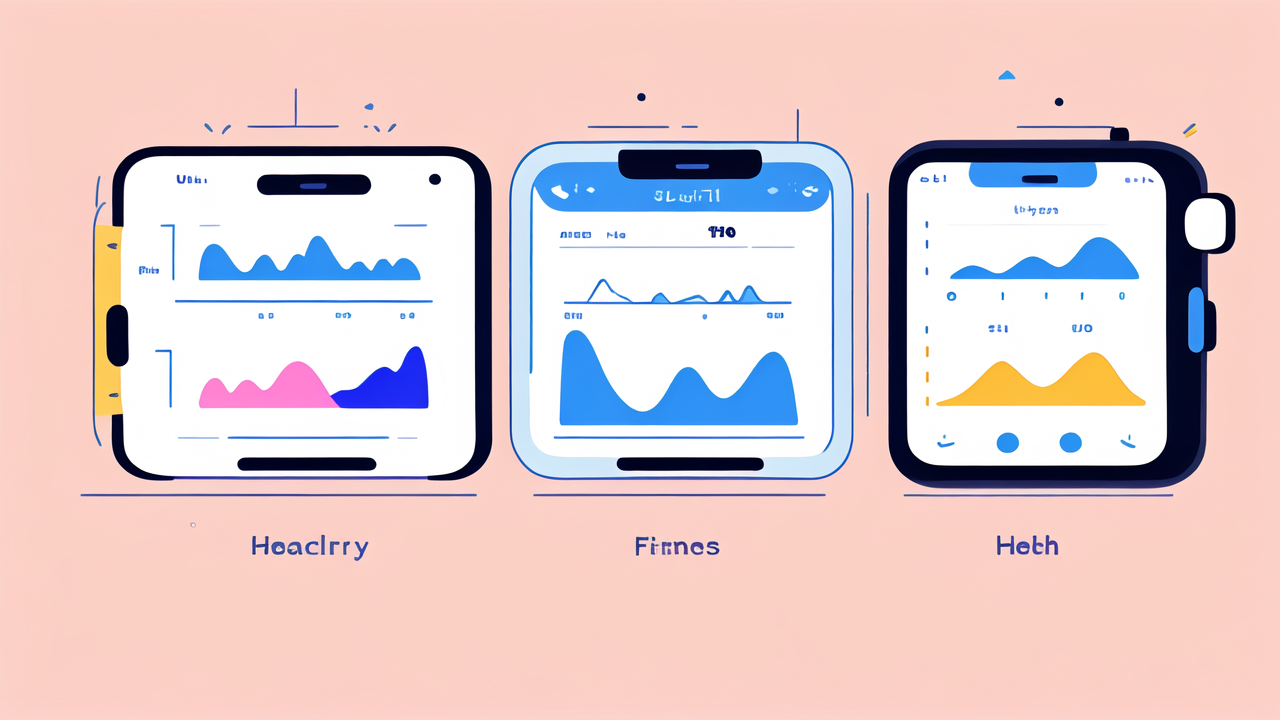Understanding the Importance of Activity Tracking
The Role of Activity Trackers in Modern Fitness Regimes
Activity trackers have become essential tools in modern fitness routines. These devices monitor various aspects of our daily activities. They count steps, track distance, and measure calories burned. Many also monitor heart rate and sleep patterns.

By providing real-time data, trackers help users stay motivated. They offer insights into our habits and progress. This information can guide us to make better health choices. Trackers can also set reminders to move more throughout the day.
With activity trackers, fitness becomes more measurable and goal-oriented. Users can set specific targets and track their progress over time. This makes it easier to stick to fitness plans and see results.
Benefits of Tracking Your Body Measurements
Tracking body measurements offers several key benefits for fitness enthusiasts:
- Accurate Progress Monitoring: Regular tracking shows real changes in body composition.
- Motivation Boost: Seeing improvements in numbers can be very encouraging.
- Personalized Goal Setting: Data helps set realistic, personalized fitness goals.
- Improved Workout Efficiency: Tracking helps identify which exercises are most effective.
- Better Nutrition Planning: Body measurements can guide dietary adjustments.
Consistent tracking allows for a more scientific approach to fitness. It helps users understand how their body responds to different exercises and diets. This knowledge leads to more effective fitness strategies.
The Impact of Data on Fitness and Health Outcomes
Data from activity trackers can significantly impact fitness and health outcomes. Here's how:
- Increased Awareness: Users become more conscious of their daily activity levels.
- Behavior Change: Data can motivate people to make healthier choices.
- Early Detection: Tracking can reveal potential health issues before they become serious.
- Improved Sleep: Many trackers monitor sleep, helping users improve their rest.
- Better Stress Management: Some devices track stress levels, aiding in stress reduction.
With data, users can make informed decisions about their health. They can see patterns in their behavior and adjust accordingly. This leads to more sustainable lifestyle changes and better overall health.
Key Features to Look for in an Activity Tracker
Accuracy and Precision: Setting the Standard
Accuracy is crucial when choosing an activity tracker. A good tracker should provide reliable data on:

- Step counting
- Distance measurement
- Calorie burn estimation
- Heart rate monitoring
- Sleep tracking
Look for trackers that use advanced sensors and algorithms. These ensure more precise measurements. Some high-end devices use GPS for accurate distance tracking. Others employ multiple sensors to cross-verify data.
It's also important to consider how the tracker handles different activities. Some are better at recognizing specific exercises. Others excel in tracking overall daily movement. Choose a device that aligns with your primary fitness activities.
User-Friendly Design: A Must-Have for Tracking Enthusiasts
A user-friendly design is essential for any activity tracker. Key aspects include:
- Easy-to-read display: Clear, bright screens for quick data checks.
- Intuitive interface: Simple navigation through features and data.
- Comfortable wear: Lightweight and non-intrusive for all-day use.
- Water resistance: Suitable for swimming or showering.
- Long battery life: Minimal charging for uninterrupted tracking.
The best trackers balance functionality with comfort. They should be easy to use without constant referral to manuals. Look for devices with customizable displays. These allow you to prioritize the data most important to you.
Integration Capabilities: Connecting with Other Fitness Tools
Modern activity trackers should integrate well with other fitness tools and apps. Look for these features:
- Smartphone compatibility: Syncs easily with iOS and Android devices.
- Third-party app support: Works with popular fitness and nutrition apps.
- Social sharing: Allows you to share achievements with friends.
- Smart home integration: Connects with other smart devices for a holistic approach.
- Data export: Enables you to analyze your data in other platforms.
Good integration makes it easier to get a complete picture of your health. It allows you to combine activity data with nutrition info, weight tracking, and more. This comprehensive view can lead to more effective fitness strategies.
Top Activity Trackers on the Market
Reviewing the Market Leaders: A Comparative Analysis
Several brands lead the activity tracker market. Here's a brief comparison:

- Fitbit: Known for user-friendly designs and comprehensive health tracking.
- Apple Watch: Offers seamless integration with iPhones and advanced health features.
- Garmin: Excels in GPS tracking and sports-specific metrics.
- Samsung Galaxy Watch: Provides a good balance of smartwatch and fitness features.
- Whoop: Focuses on recovery and strain metrics for serious athletes.
Each brand has its strengths. Fitbit is great for beginners. Apple Watch suits iPhone users. Garmin is ideal for outdoor enthusiasts. Samsung offers versatility. Whoop caters to performance-focused users.
Consider your specific needs when choosing. Think about your fitness goals, budget, and tech preferences. Read user reviews to get real-world insights into each device's performance.
Innovations in Activity Tracking Technology
Activity tracking technology is constantly evolving. Recent innovations include:
- Advanced sleep tracking: Detailed analysis of sleep stages and quality.
- Stress monitoring: Measuring stress levels through heart rate variability.
- Blood oxygen monitoring: Tracking SpO2 levels for overall health insights.
- ECG capabilities: Detecting irregular heart rhythms for early warning.
- Body composition analysis: Estimating muscle mass and body fat percentage.
These features go beyond basic activity tracking. They provide a more comprehensive view of health. Some trackers now offer menstrual cycle tracking and skin temperature monitoring. Others are exploring new ways to measure hydration and nutrition.
As technology advances, we can expect even more sophisticated tracking capabilities. Future devices may offer non-invasive blood glucose monitoring or advanced biomarker analysis.
User Success Stories: Transformations Powered by Tracking
Many users have achieved significant health improvements with activity trackers. Here are some examples:
- Weight Loss: John lost 50 pounds by tracking his daily steps and calorie intake.
- Sleep Improvement: Sarah improved her sleep quality, boosting her energy levels.
- Stress Management: Mike learned to manage stress better using his tracker's data.
- Fitness Achievement: Emma completed her first marathon with help from her tracker.
- Health Detection: Tom's tracker alerted him to an irregular heartbeat, leading to early treatment.
These stories show the real-world impact of activity tracking. Users report feeling more motivated and in control of their health. Many say that seeing their progress in numbers makes a big difference.
Activity trackers have become powerful tools for personal health management. They provide data, motivation, and insights that can lead to significant lifestyle changes. As technology continues to advance, these devices will play an even bigger role in our fitness journeys.




Leave a comment
This site is protected by hCaptcha and the hCaptcha Privacy Policy and Terms of Service apply.